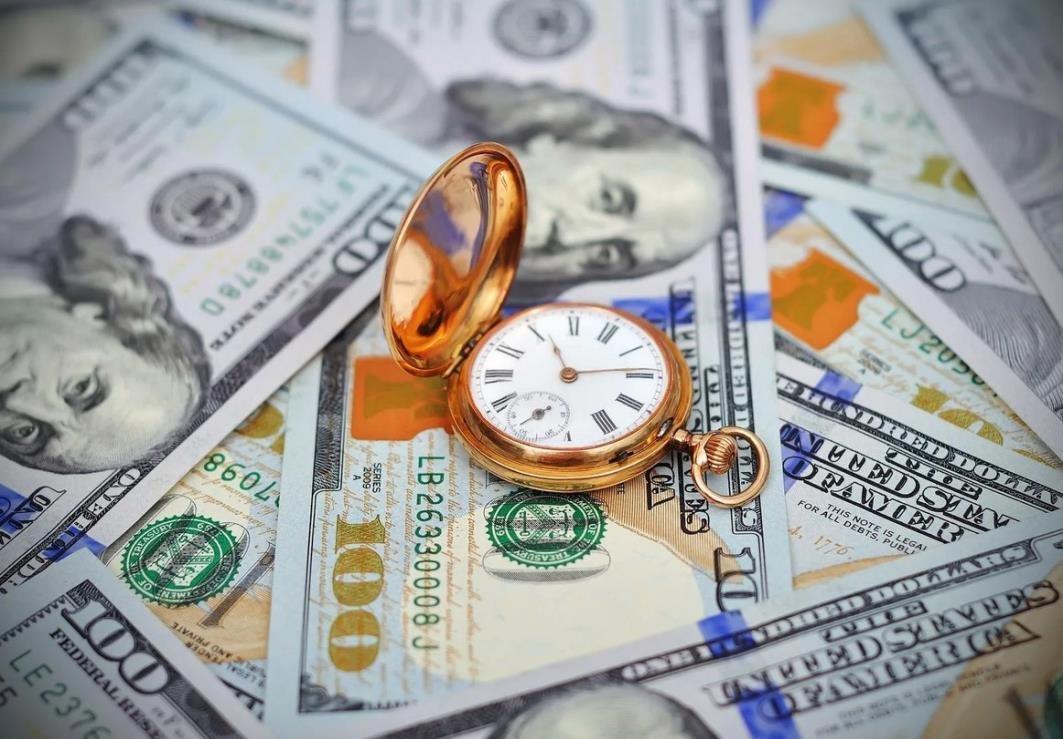New Covid variant and looming Brexit disruption deepen UK economic gloom
New Covid variant fuels rapid rise in cases
The number of new confirmed coronavirus infections has rapidly escalated across the UK in the past month, fuelled by a faster-spreading variant of the virus in the south-east of England. In response, Boris Johnson launched tougher tier 4 lockdown restrictions for much of London and the south-east, cancelling the Christmas plans of millions of people just days after saying such a move would be “inhuman”. Devolved governments in Scotland, Wales and Northern Ireland have also launched tougher restrictions. After declining during the second national lockdown in England in November, the seven-day average of new cases has risen to a record high of 29,812 as of 15 December. The number of deaths within 28 days of a positive Covid test – which lags behind infections – has increased to a seven-day average of 398, below a peak of almost 1,000 in early April.
Travel collapses as infection rate climbs
The number of trips taken on UK roads and on public transport usage had started to recover in early December after the end of the second national lockdown in England, but mobility has plunged again as Covid infections rapidly accelerate and further controls are launched. According to Apple mobility data, which records requests made to Apple Maps for directions, bus and train journeys are down by more than half and road journeys a third compared with pre-pandemic levels. However, mobility remains higher than during the spring lockdown, reflecting looser restrictions and higher levels of economic activity this time around.
Stock markets fall as vaccine optimism fades
Renewed lockdown restrictions in the UK and concerns over Brexit have sent financial markets tumbling. Stock markets had been rising on hopes that the Covid vaccine could bring an earlier end to the crisis than first thought. But rapid growth in infections, tougher controls, Brexit chaos and disruption at UK ports is now expected to drag down the economy before the vaccine becomes widely available. After hitting a peak of almost 6,600 earlier this month, the FTSE 100 has fallen by more than 150 points. It remains down by more than a 1,000 points from the start of the year before the pandemic struck.
Inflation cools during second lockdown
UK inflation fell by more than expected in November, as clothing retailers cut their prices during England’s second national lockdown to help sell excess supplies. The consumer prices index fell to 0.3%, from 0.7% a month earlier. City economists had forecast an inflation rate of 0.6%, driven by falling clothing prices and the cost of food and drink. These falls were partially offset by rising prices for games, toys and hobbies. With much of the high street closed in England and with tough restrictions in Scotland, Wales and Northern Ireland, analysts said the extension of Black Friday discounts across the whole of November also had an impact, as retailers scrambled to boost sales online.
Brexit and Covid disruption hits UK supply chains
UK companies suffered from goods shortages and border disruption even before the new variant of coronavirus and French travel ban, according to surveys of business activity. IHS Markit and the Chartered Institute of Procurement and Supply said firms experienced among the worst shipping delays since 1992 in early December. Analysts said the disruption was due to a combination of pre-Brexit stockpiling, Christmas demand and backlogs in global shipping caused by the pandemic. However, the UK’s economy returned to growth in December. The IHS Markit/Cips flash purchasing managers’ index rose to 50.7 from 49.0 a month earlier after the end of the second English lockdown.
Redundancies surge to record high
graph
The number of people being made redundant in the UK soared to a record high in October amid the second coronavirus wave and as the government scaled back its furlough scheme before an 11th hour extension. Fuelled by job losses in retail and hospitality – the hardest hit sectors during the pandemic – the Office for National Statistics said 370,000 jobs were made redundant in the three months to October, the highest number since records began in 1992. The headline UK unemployment rate rose to 4.9%, up slightly from 4.8% in the three months to September. The rate was 3.8% a year ago.
Retail sales drop before Christmas
Retail sales fell by 3.8% in November on the previous month as the second national lockdown in England and restrictions elsewhere in the UK shut much of the high street in the run-up to Christmas. Ending a six-month run of rising sales, the drop in overall spending comes despite a boom online as retailers attempted to make up for store closures with Black Friday discounts. Online shopping has increased from 19% of overall sales a year ago, but still only accounted for 31% of spending in November, illustrating the continuing importance of physical shops for overall sales. In the key period before Christmas and with pubs and restaurants closed, food and drink sales and household items increased. However, this was not enough to offset a 19% fall in clothing sales and sharp decline in spending on petrol as people stayed at home.
Public finances hit by second lockdown
The second national lockdown in England and tougher restrictions in Scotland, Wales and Northern Ireland fuelled an increase in government borrowing last month, amid a drop in tax receipts and increase in financial aid. The ONS said the budget deficit – the gap between spending and tax receipts – reached £31.6bn, £26bn more than in November 2019. The level of borrowing in the current financial year climbed to £241bn, up £188.6bn on a year ago. At last month’s spending review, the Office for Budget Responsibility said the deficit would hit £394bn in 2020-21, the highest peacetime level on record.
UK growth stalled even before Covid second wave
Britain’s economic recovery from the first wave of Covid-19 had almost come to a standstill even before tougher restrictions were imposed in the autumn as infections climbed, according to official figures. The ONS said gross domestic product increased by 0.4% in October. Although this was the sixth successive monthly increase since May, national output remains almost 8% below its pre-crisis level. The Bank of England estimates GDP will fall in the final quarter of 2020 and is on course to remain weak in the first three months of 2021, as tougher restrictions and elevated coronavirus infections weigh on growth.
House prices rise at fastest rate since 2004
The value of a UK home increased by an average of almost £3,000 in November as the housing market continued to defy lockdown conditions, with price increases over the past five months the strongest since 2004, according to Halifax. The UK’s biggest mortgage lender said the average house price increased by 1.2% on the month, taking the annual growth rate to 7.6% as people look to move for more space and try to take advantage of the government’s stamp duty holiday. However, Halifax said prices could collapse by up to 5% next year after the tax break ends in March and as rising unemployment hits the property market.
And another thing we’ve learned this month … Covid second wave leads to sharp increase in furlough
Furlough numbers
The second wave of the Covid pandemic has led the number of workers on furlough to more than double since the end of October, with about 5 million people – 15.5% of the UK workforce – receiving wage subsidies from the state at the end of last month, according to the ONS. Figures from HM Revenue & Customs show as many as 2.4m jobs were still furloughed when the scheme was originally due to close on 31 October, down from a peak of 8.9m in May during the first lockdown, in a reflection of the widespread job losses that could have been triggered by its closure. However, millions of workers are expected to continue receiving wage subsidies as the pandemic intensifies, after the chancellor extended furlough until the end of April – the fourth time the scheme has been extended.


